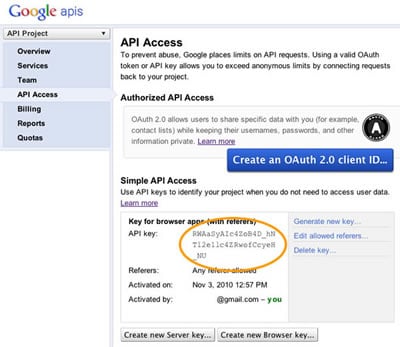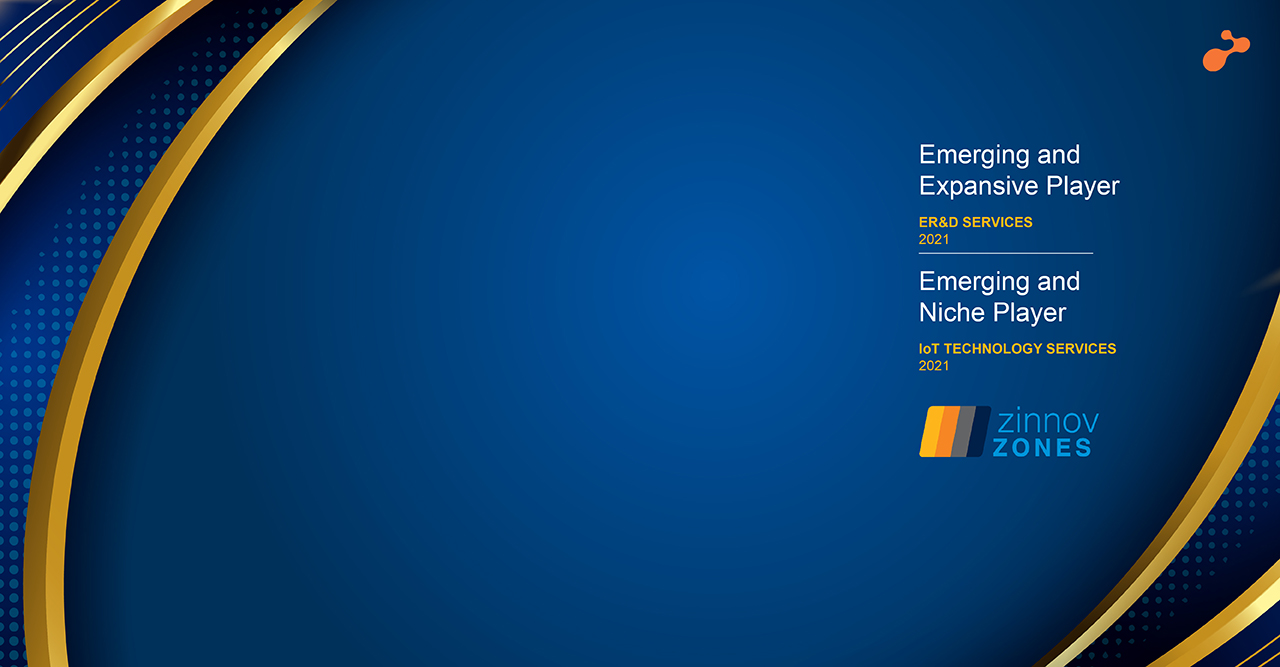Microsoft was at its zenith in 2014. There were many strategic moves they had taken in 2014 which are going to impact the business and developer community.
Owing to the rapid technology collaboration in recent years, the role of a developer is getting diluted. Now, the developers are not only expected to hone their technical skills on a regular basis but understand the role of technology in the business. Over a period, their day-to-day work and its relation with the business, business decisions and industry domains have changed a lot.
Let’s glance through the key decisions taken by Microsoft in 2014 in terms of business and strategic decisions as well as new product releases specific to the web platform.
On the business and strategic front, Microsoft appointed Mr. Satya Nadala as CEO on February 4, 2014 (succeeding Steve Ballmer) whose mantra in Microsoft is “Mobile First, Cloud First”. This clearly determines the focus areas of Microsoft in the coming years.
The second big decision taken by Microsoft includes the move of bringing Nokia under their fold. They have not only incorporated Nokia in their environment but have also rebranded Nokia mobiles as Microsoft mobiles. This is a good fit in their strategy towards the smart phone market. We are already seeing mobiles with Microsoft logo and name in the market.
Much to the interest and curiosity of the developer community, there is a buzz in the technology world about the Internet of Things (IoT). Microsoft unveiled their ambitious Windows 10 operating system on September 30, 2014 and is expected to be released this year with support for IoT. This means that one OS for all devices such as our home appliances, security systems and other digital devices. All these integrated devices will communicate synchronously/asynchronously over the internet following certain protocols and security framework.
Microsoft has also released new product versions of their existing products. Here are some of the key features from the released versions which the .NET web development community uses widely.
Microsoft’s ASP.NET web platform is being widely used across the world. It is getting adapted widely due to its scability, support to mobility, cloud and penetration to different devices and platforms and the inherent security of the platform.
There are two broad categories of the web application platform which are ASP.NET web form and ASP.NET MVC. However, ASP.NET MVC is picking up in the market due to the Model-View-Controller framework which is agnostic to the stateless http protocol; it supports Separation of Concerns, integrated automated testing, full control over HTML5 design which is being widely appreciated by the developer and business community due to substantial reduction in the development and maintenance cost.
Apart from this, the good news for the developer community across platforms is that Microsoft is planning to open source the full server side .NET core stack and take that open source to other platforms –Linux, Mac OS etc. This will create immense opportunities in the coming years. However, they are not going to open source their sourcing libraries of WPF and Windows forms as these are still used as typical windows applications.
There is also a lot to cheer for the Mobile and smart phone developers working on Windows Mobile. Microsoft and Xamarin - a mobile application development environment - are planning to allow developers to install Xamarin from Visual studio itself. Xamarin is a platform to build iOS or Android apps using C#. It will help Microsoft and their customers to leverage their C# development community to build multi-platform apps.
In addition to these happenings, they have released new versions of the products which are being used on the web platform.
Microsoft has also provided the full source code to the developer community. There have been many releases on this platform. In 2014, Microsoft has released ASP.NET MVC 5 which has the following features:
- Bootstrap: The most intriguing feature in MVC 5 is in-built support to Twitter Bootstrap which helps develop a sleek and responsive look and feel.
- ASP.NET Identity: It supports authentication and identity management for Facebook and Google over OAuth2 and Open ID Sign-On.
- Authentication filters: These are new kind of filters similar to authorization filters that are being used. It allows us to provide authentication logic per-action, per-controller, or globally for all controllers.
- Filter overrides: In the old version, we could not override the filters. However, this new feature allow us to apply it globally and exclude certain global filters for certain actions or controllers
- Attribute routing: We can write our custom attributes for actions and controllers.
- For more information refer: http://www.asp.net/mvc/mvc5
Microsoft has also released a new version of its ORM i.e. Entity framework 6.0 which has the follow key new features:
- Customizing Code First Conventions.
- Logging of database commands.
- Stored Procedure Mapping.
- Asynchronous Queries and Save support.
- Code based configuration support.
- EF Power Tools (not new to EF6).
The core database engine and database platform of the latest SQL Server 2014 was also released with the following key features:
- In-Memory OLTP Engine – This is designed for high concurrency and uses a new optimistic concurrency control mechanism to eliminate the locking delays. This will be help boost performance more than 20 times the current performance.
- SQL Server Managed Backup to Windows Azure – It supports native backup along with Windows Azure integration.
- Power BI for Office 365 Integration – It is a cloud-based business intelligence (BI) solution that provides data navigation and visualization capabilities.
- For other features refer: http://msdn.microsoft.com/en-us/library/bb510411.aspx
Microsoft also has released the ASP.NET vNext. It will take the ASP.NET to the next level. It will allow users to deploy their own version of .NET Framework on an app-by-app basis. One app will not break another app working on the same platform with different version. It will also have cloud optimized versions for server scenarios like low-memory and high-throughput.
On the cloud front, Microsoft has taken many initiatives. In 2014, the company rebranded Windows Azure as Microsoft Azure. Microsoft Azure now supports Linux on their virtual machines. Microsoft Azure users can also run Oracle databases and middleware and use non-Windows-specific development tools, including Java, Ruby, PHP and Python. And most importantly, they have tuned the pricing model to compete with their core competitors in the field.
Last but not the least, the Microsoft development environment – Visual Studio is becoming feature rich and is all set to be released in its new version Visual Studio 2015 and new version of ASP.NET 5.0. Refer: http://www.visualstudio.com/news/vs2015-preview-vs
In a nutshell, Microsoft has been a household name due to the penetration of their Windows OS and Microsoft Office. Microsoft is set to leverage this large user base in the coming years by bringing business solutions which will cater across platforms, devices and networks.
So, a lot more will happen in the Microsoft and the Tech world in 2015. Stay tuned!





.jpg)
